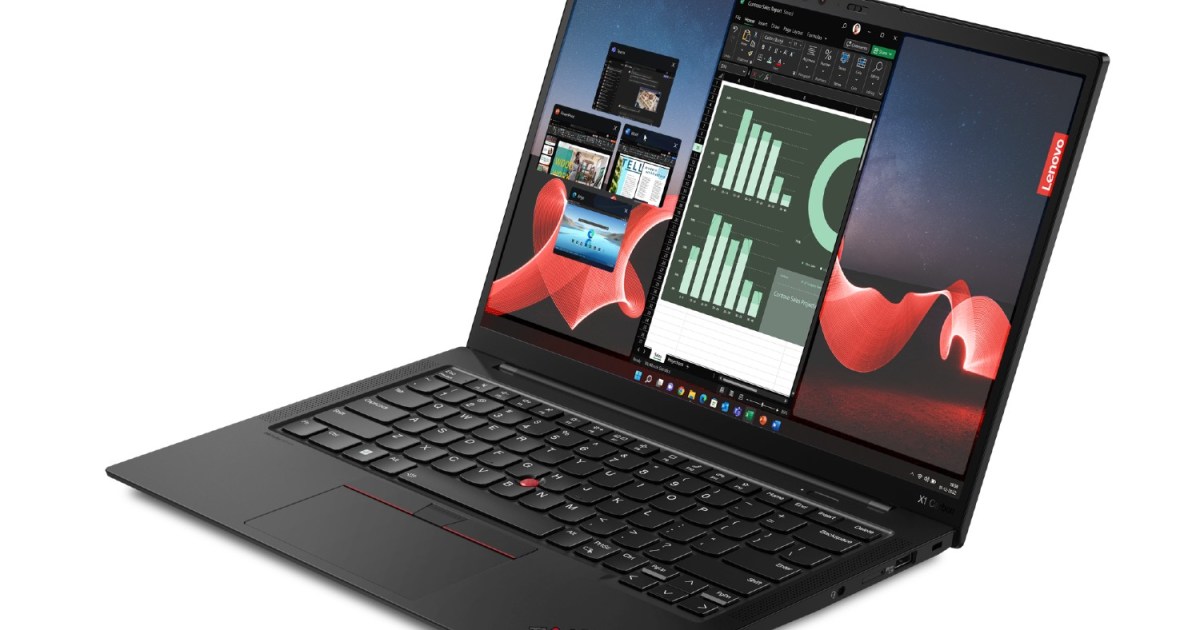- A hypervisor is software or firmware that manages virtual machines (VMs) on a host system, which allocates resources like CPU, memory, and storage to each VM, ensuring isolation and efficiency.
- It enhances hardware utilization, supports live migration, and reduces costs; it is essential for cloud computing, hybrid cloud strategies, and agile IT operations.
___________
In today’s tech-driven world, virtualization has become a cornerstone for optimizing IT infrastructure, and at the heart of this lies the hypervisor. But what does a hypervisor do? A hypervisor, also known as a virtual machine monitor (VMM), is software or hardware that enables multiple operating systems to run simultaneously on a single physical machine. This technology is vital for businesses aiming to maximize efficiency, reduce costs, and enhance flexibility in managing workloads. In this blog, we’ll dive into the functions of a hypervisor, its types, and why it’s crucial for modern computing environments.
What is a hypervisor?
A hypervisor is a layer of software or firmware that creates and manages virtual machines (VMs) on a host system. It acts as an intermediary between the hardware and the operating systems, ensuring each VM gets the resources it needs while isolating them from one another. This capability allows organizations to optimize hardware usage, consolidate servers, and streamline operations.
Also read: What is a hypervisor?
Types of hypervisors: Which one is right for you?
Hypervisors are broadly classified into two types:
- Type 1 Hypervisor (bare-metal):
This runs directly on the hardware of the host machine without requiring an underlying operating system. Popular examples include VMware ESXi and Microsoft Hyper-V. Type 1 hypervisors are ideal for data centers and enterprise environments because of their high performance and stability. - Type 2 Hypervisor (hosted):
This runs on an existing operating system, such as Windows or Linux. Examples include VMware Workstation and Oracle VirtualBox. Type 2 hypervisors are more suited for personal or smaller-scale use, as they are easy to install and use.
What does a hypervisor do in virtualization?
Resource Allocation: A hypervisor dynamically allocates CPU, memory, storage, and network resources to each virtual machine based on its requirements.
Isolation: It ensures that each VM operates independently, preventing interference or crashes between systems.
Efficient Utilisation: By running multiple VMs on a single hardware setup, hypervisors help organizations maximize their hardware investments.
Migration: Some hypervisors enable live migration of VMs between hosts, ensuring minimal downtime during maintenance or upgrades.
Why is a hypervisor important in modern IT?
Hypervisors play a critical role in enabling cloud computing, disaster recovery, and agile development environments. By decoupling workloads from physical hardware, businesses gain the flexibility to scale resources, optimize operations, and deploy new applications quickly. Furthermore, hypervisors are integral to hybrid and multi-cloud strategies, allowing seamless integration of on-premises and cloud-based systems.
Also read: The crucial role of hypervisors in virtualization
So, what does a hypervisor do? It powers the backbone of virtualization by enabling efficient resource use, isolating workloads, and ensuring flexibility in IT infrastructure. Whether you’re a small business or a global enterprise, understanding and leveraging hypervisors can significantly enhance your technological capabilities and competitiveness.


















 English (US) ·
English (US) ·